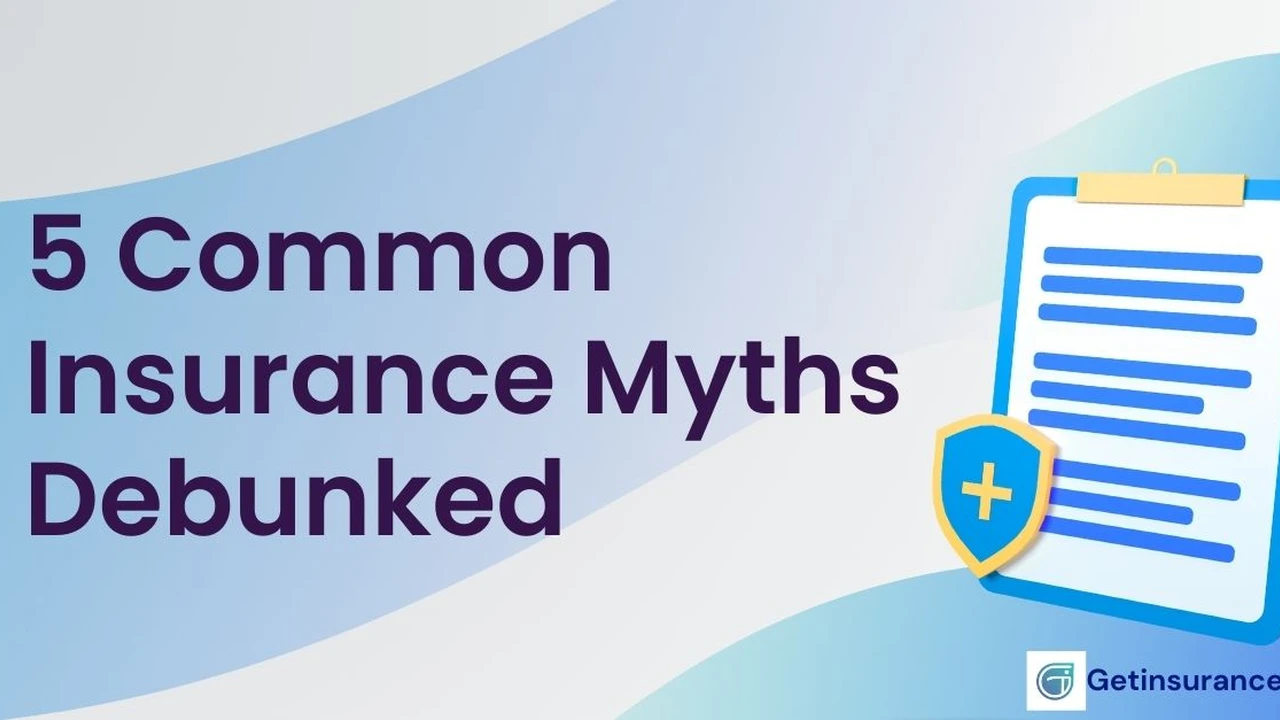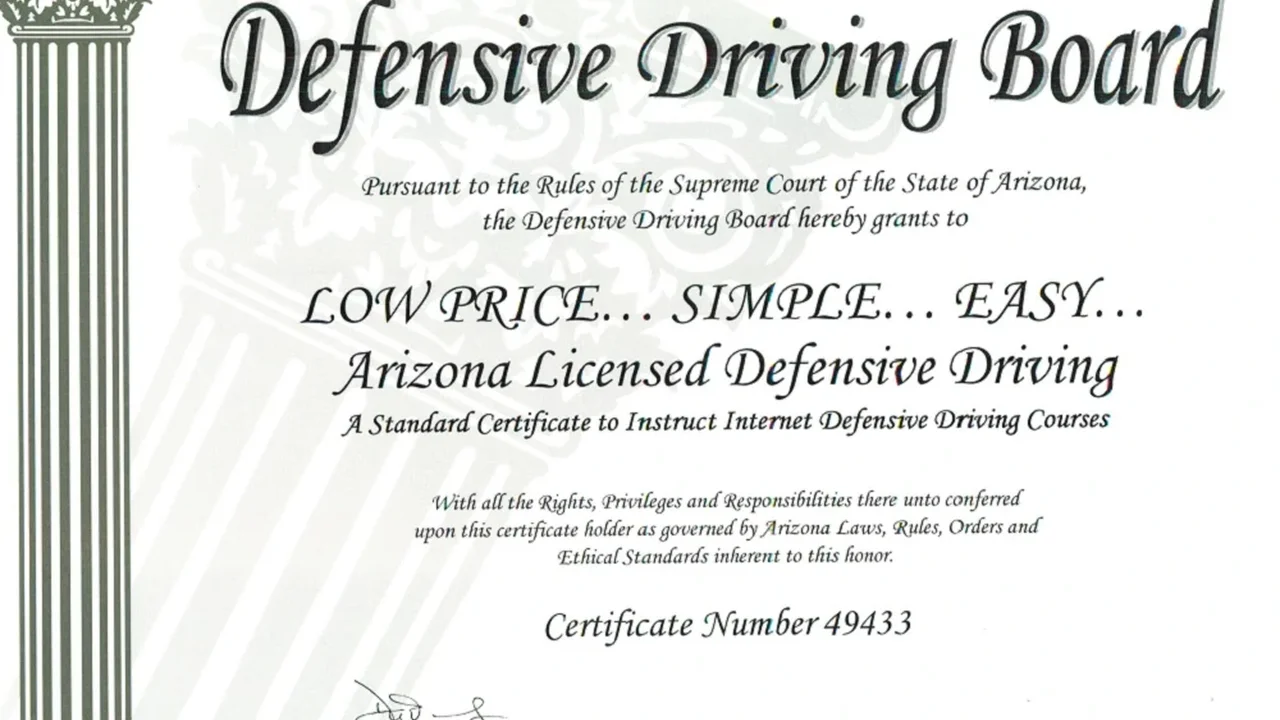Common Myths About Teen Driver Insurance Debunked

Understanding Teen Driver Insurance Costs and Why They're So High
Okay, let's be real. Teen driver insurance is expensive. Like, really expensive. But why? It all boils down to risk. Insurance companies are essentially betting on the likelihood of you, the teen driver, getting into an accident. And statistically, young drivers are more prone to accidents than older, more experienced drivers. We're talking inexperience, distractions (hello, smartphones!), and sometimes, a little bit of youthful exuberance. This higher risk translates directly into higher premiums. Think of it as the insurance company's way of hedging their bets. They need to cover the potential costs of accidents, and teen drivers, unfortunately, contribute significantly to those costs.
But don't despair! There are ways to mitigate these costs. We'll get into those later, including discounts and strategies to lower your premiums. First, let's tackle some common misconceptions that make the whole situation even more confusing.
Myth 1 It's Cheaper to Just Add My Teen to My Existing Policy
This is a tricky one. It's often *necessary* to add your teen to your existing policy, especially if they're driving your car. However, don't automatically assume it's the cheapest option. While it might seem like a simple addition, it can significantly increase your premiums. Why? Because *your* risk profile just went up. The insurance company now sees you as insuring both yourself *and* a high-risk teen driver. Consider this: adding a teen driver can easily double your premium. It's important to shop around and compare quotes. Sometimes, a separate policy for your teen, while seemingly more expensive on the surface, might actually be more cost-effective in the long run. Get quotes for both scenarios: adding to your policy and a separate policy. Sites like NerdWallet, The Zebra, and Policygenius are great resources for comparing rates. Don't just stick with your current insurer; explore all your options. You might be surprised at the differences in pricing.
Myth 2 My Teenager Can Drive My Car Without Being on My Insurance
Huge, HUGE mistake! This is not only a myth but also potentially illegal and financially devastating. If your teenager is driving your car regularly, even if it's just to school and back, they absolutely need to be listed on your insurance policy. If they get into an accident while not covered, your insurance company could deny the claim, leaving you responsible for all damages and injuries. We're talking potentially tens of thousands, even hundreds of thousands, of dollars. It's simply not worth the risk.
There are exceptions, of course. If your teen is driving your car in an emergency situation, or very infrequently (like once a year), most policies will cover them. But "regular" driving requires coverage. Check your specific policy language to be sure. Ignorance is not bliss in this situation; it's financial suicide.
Myth 3 All Insurance Companies Charge the Same Rates for Teen Drivers
Absolutely not! Insurance rates can vary wildly between companies. Each insurer uses its own proprietary algorithms to assess risk and determine premiums. Factors like your teen's driving record (if any), grades (yes, good grades can get you discounts!), the type of car they'll be driving, and even your location can all influence the price. This is why comparison shopping is crucial. Get quotes from at least three to five different insurance companies. Don't just look at the headline price; compare the coverage levels as well. A cheaper policy might have lower coverage limits, which could leave you vulnerable in the event of a serious accident. Look at the deductible, the liability coverage, and the uninsured/underinsured motorist coverage. Make sure you're comparing apples to apples.
Myth 4 Red Cars Cost More to Insure
This is a classic myth that just won't die. The color of your car has absolutely no bearing on your insurance rates. Insurance companies are concerned with factors like the car's make, model, year, safety features, and repair costs. A flashy sports car will cost more to insure than a sensible sedan, regardless of color. So, go ahead and get that red car if you want it! Just be prepared for potentially higher insurance rates if it's a high-performance vehicle.
Myth 5 My Teen Driver's Insurance Rates Will Go Down Immediately After They Turn 18
While turning 18 is a milestone, it doesn't automatically trigger a dramatic drop in insurance rates. Rates typically start to decrease gradually as your teen gains more driving experience and maintains a clean driving record. The biggest drops usually occur around age 25, when insurance companies consider drivers to be statistically less risky. Patience is key here. Encourage safe driving habits, and the rates will eventually come down.
Myth 6 Getting a Speeding Ticket Once Won't Affect My Insurance Rates
Think again! Even a single speeding ticket can impact your insurance premiums. Insurance companies see it as an indication of risky driving behavior. The severity of the ticket and your overall driving record will determine the extent of the impact. A minor speeding ticket might result in a small increase, while a more serious offense, like reckless driving, could significantly raise your rates or even lead to policy cancellation. Drive safely and obey traffic laws!
Myth 7 My Teen Driver Needs the Most Comprehensive Coverage Available
While comprehensive coverage is great, it's not always necessary or affordable, especially for older, less valuable vehicles. Comprehensive coverage covers damage to your vehicle from things other than collisions, such as theft, vandalism, fire, and natural disasters. Collision coverage covers damage to your vehicle if you hit another object (like another car or a tree). If your teen is driving an older car with a low market value, it might not make sense to pay for comprehensive and collision coverage. The cost of the coverage might outweigh the potential payout in the event of a claim. Consider raising your deductible to lower your premiums, or opting for liability-only coverage, which covers damage you cause to others but not damage to your own vehicle. It's a balancing act between risk tolerance and affordability.
Myth 8 I Can Save Money by Lying About Who the Primary Driver Is
Never, ever do this! This is insurance fraud, plain and simple. If you list yourself as the primary driver when your teen is actually the one driving the car most of the time, you're providing false information to the insurance company. If an accident occurs, the insurance company could deny the claim and potentially press charges against you. It's a recipe for disaster. Be honest and transparent with your insurance company. It's always the best policy.
Myth 9 All Insurance Policies are Created Equal
Nope! While all auto insurance policies offer basic coverage options, the specifics can vary significantly. Coverage limits, deductibles, exclusions, and additional benefits can all differ between policies. Read the fine print carefully and understand what you're covered for and what you're not. Don't just focus on the price; focus on the value and the protection the policy provides.
Finding Affordable Teen Driver Insurance Options Exploring Specific Products and Scenarios
Okay, now that we've busted some myths, let's talk about practical ways to save money on teen driver insurance. Here are a few strategies and product recommendations:
Good Student Discounts
Many insurance companies offer discounts to students who maintain a certain GPA (usually a B average or higher). This is because studies show that good students tend to be more responsible drivers. Make sure your teen provides proof of their grades to qualify for this discount. Companies like State Farm, Geico, and Progressive are known for offering competitive good student discounts.
Driver's Education Discounts
Completing a certified driver's education course can also qualify your teen for a discount. These courses teach safe driving techniques and help new drivers develop good habits. Check with your insurance company to see if they offer a driver's ed discount and which courses are approved. AAA also offers driver's education courses that are often accepted by insurers.
Safe Driving Apps and Telematics
Some insurance companies offer programs that track your teen's driving habits using a smartphone app or a telematics device installed in the car. These programs monitor things like speed, braking, acceleration, and phone usage while driving. If your teen demonstrates safe driving habits, they can earn significant discounts. Progressive's Snapshot program and State Farm's Drive Safe & Save program are popular options. These programs reward safe drivers, but be aware that risky driving behavior can actually *increase* your premiums.
Multi-Policy Discounts
If you have multiple insurance policies with the same company (e.g., auto, home, life), you may be eligible for a multi-policy discount. Bundling your policies can save you a significant amount of money. This is a common discount offered by most major insurance companies.
Choosing the Right Car
The type of car your teen drives can significantly impact insurance rates. Avoid high-performance vehicles or cars with a history of high accident rates. Opt for a safe, reliable car with good safety features, such as anti-lock brakes, airbags, and electronic stability control. Cars like the Honda Civic, Toyota Corolla, and Subaru Impreza are often recommended for teen drivers due to their safety ratings and affordability.
Increasing the Deductible
Raising your deductible (the amount you pay out-of-pocket before your insurance kicks in) can lower your premiums. However, be sure you can afford to pay the higher deductible if you need to file a claim. It's a trade-off between lower monthly payments and higher out-of-pocket costs in the event of an accident.
Staying on Your Policy vs. Getting a Separate Policy
As mentioned earlier, compare the cost of adding your teen to your existing policy versus getting a separate policy. Sometimes, a separate policy might be cheaper, especially if your teen has a clean driving record and qualifies for discounts. Get quotes for both scenarios and compare the coverage levels.
Specific Product Recommendations:
* **Progressive Snapshot:** A usage-based insurance program that monitors driving habits and rewards safe drivers with discounts. Good for teens who are confident in their driving abilities. * **State Farm Drive Safe & Save:** Similar to Snapshot, this program uses telematics to track driving behavior and offer discounts for safe driving. * **Geico Good Student Discount:** A generous discount for students who maintain a good GPA. * **Allstate Drivewise:** Another usage-based insurance program that rewards safe driving habits. * **Esurance:** Known for its online tools and competitive rates for teen drivers.Comparing Products:
| Feature | Progressive Snapshot | State Farm Drive Safe & Save | Geico Good Student | |-----------------|-----------------------|-----------------------------|---------------------| | Type | Usage-based | Usage-based | Discount-based | | Monitoring | App or Device | App or Device | None | | Potential Savings| Up to 30% | Varies | Varies | | Best For | Safe drivers | Safe drivers | Good students |Pricing Examples:
These are just examples, and actual rates will vary based on individual circumstances:
* **Adding a teen to an existing policy (Progressive):** Could increase your premium by $100-$300 per month. * **Separate policy for a teen (Geico):** Could range from $150-$400 per month. * **Good student discount (State Farm):** Could save you 10-20% on your premium. * **Snapshot discount (Progressive):** Could save you up to 30% on your premium.Remember to get personalized quotes from multiple insurance companies to find the best rates for your specific situation.
The Importance of Open Communication and Setting Expectations
Beyond the financial aspects, it's crucial to have open and honest conversations with your teen about safe driving habits, the responsibilities of driving, and the consequences of risky behavior. Set clear expectations and rules, such as no texting while driving, no speeding, and no driving under the influence of alcohol or drugs. Make sure your teen understands that driving is a privilege, not a right, and that their actions have a direct impact on their safety and the safety of others.
Consider creating a parent-teen driving agreement that outlines the rules of the road, the consequences of breaking those rules, and the shared responsibilities of owning and operating a vehicle. This agreement can serve as a valuable tool for fostering open communication and setting clear expectations.
Continuous Monitoring and Review
Don't just set it and forget it. Regularly review your teen's driving record and insurance policy. Monitor their driving habits, and address any issues promptly. As your teen gains more experience and their driving record improves, re-shop your insurance rates to ensure you're still getting the best deal. Insurance rates are constantly changing, so it's always a good idea to stay informed and proactive.
:max_bytes(150000):strip_icc()/277019-baked-pork-chops-with-cream-of-mushroom-soup-DDMFS-beauty-4x3-BG-7505-5762b731cf30447d9cbbbbbf387beafa.jpg)






